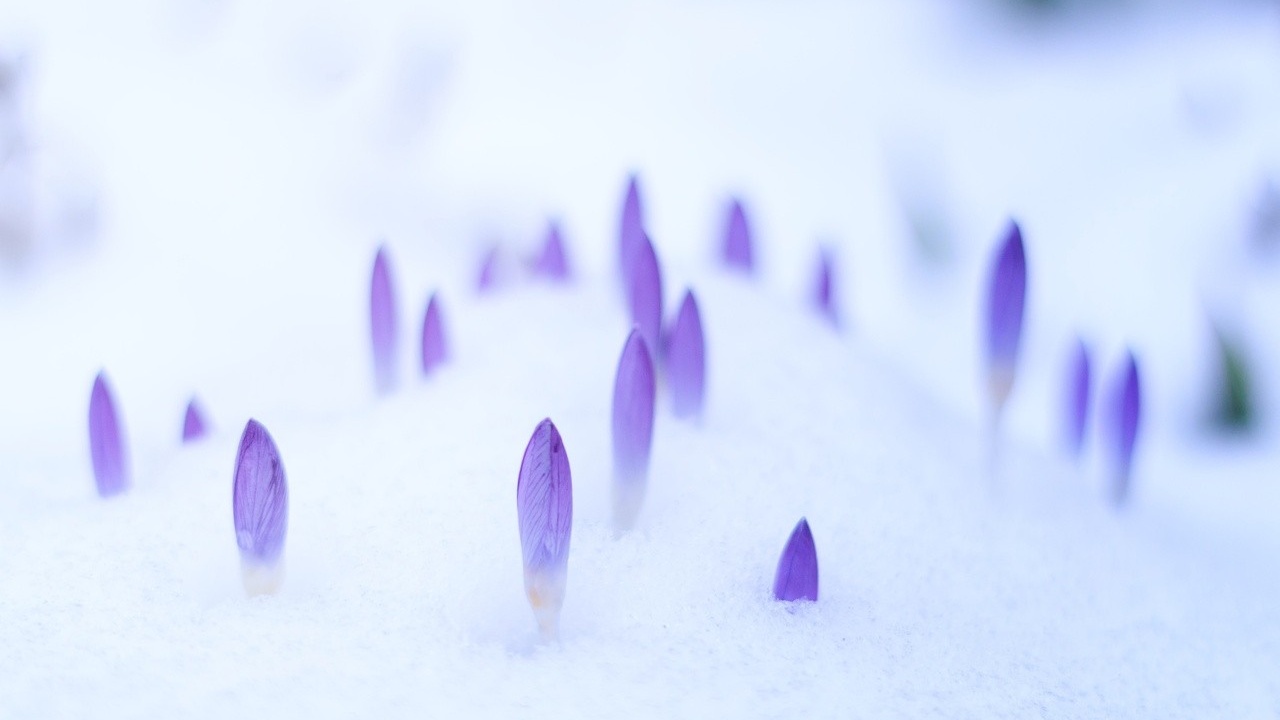The Tension Between Hope and Hopelessness
Feb 23, 2021
“Hope is not a lottery ticket you can sit on the sofa and clutch, feeling lucky. It is an axe you break down doors with in an emergency... To hope is to give yourself to the future - and that commitment to the future is what makes the present inhabitable.”
― Rebecca Solnit, Hope in the Dark
Even with snow on the ground, there is a quiet sense that the spell of winter is weakening now. Spring waits to sing her enchantments out loud. In the meantime the chickens have gone from laying three eggs to eight each day, and tree arms are beginning to line with tight red or green furls.
This is the liminal In-Between. We are in-between elements, in-between seasons, in-between worlds even. The truth is that liminal spaces greet us everywhere: in the slipping cusp of moon and sun, at the end of each breath, in the soft edges of sleep. But there can be something shifty, fluid, a little unpredictable and scary about these in-betweens.
Usually this is the time of year when the land begins to speak in hope. Hope is one of the emotions associated with spring and Liver energy. But more so than ever it feels like there is a field of tension that exists between our sense of hope and hopelessness, especially as it pertains to the collective healing process taking place on this planet.
Hope has had to grow up these days. We are being asked to let go of using hope as a perpetual tool of denial or naivety. In the words of Bayo Akomolafe, in his essay Coming Down to Earth: Sanctuary as Spiritual Companionship in a Time of Hopelessness and Climate Chaos, he writes about an unbalanced hope:
“The problem with hope is that it often filters away voices we need to listen to, realities we need to contend with, and valleys we need to pass through. Hope, when fetishized, often dismisses the gift of hopelessness, the place of surrender and deep humility: the point of descent where we come down to earth.”
In this ongoing transformation our hope is maturing, being given a new level of responsibility, while also “coming down to earth.” This hope is less smug and assuming, grounded in a sense of resistance, action, and possibility.
When I turn to my animal body in search of a better understanding of this paradox of hope and hopelessness, I am immediately drawn to my rib cage and diaphragm. We might think of this area as our “house of hope.” While our shoulders and jaws complain more openly, compression and tension through our rib cages is subtle and insidious, made worse by desk sitting and not breathing well. In our modern lifestyles, we do not just have a forward falling position with our heads but also a forward falling position with our shoulders, chests, and ribs.
When you place your hand over your solar plexus, near the front opening of your ribs, what do you find there? Are you quietly slumped or tight here? What happens when you breathe into this area while also straightening your spine? There is openness to be found here.
There is even more openness to be found by lying back on a roller or some firm pillows. Place these props around the lower level of your shoulder blades and lean back so that there is vast space found through your chest and heart. Stay here a little while (maybe longer than you are inclined to), counterbalancing all of the shield-like tension in the front of your body, exploring hope and hopelessness from your wise and vast heart center.
In the meantime, let us not rush the in-between. Let us rest in its uncertainty, without wishing we were already somewhere else. Let us follow the wise lead of the land around us, grounding right into where we are planted.
Excerpt from the February 2021 newsletter


